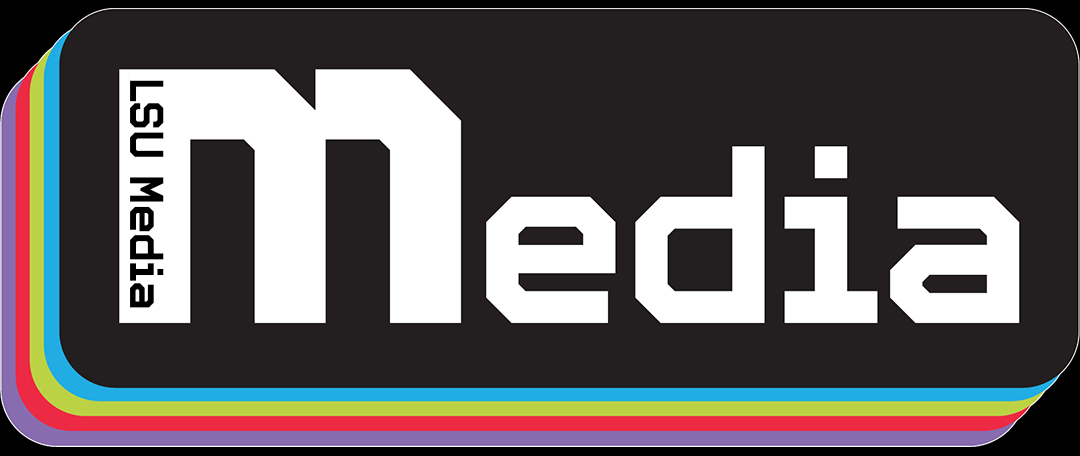Deputy Editor, Rebecca Pearson explores the #MascaraTrend that has popped up on TikTok recently. Having nothing to do with mascara itself, she explores how the trend is continuing to challenge taboos surrounding sexual experience and sexual assault.
The TikTok ‘Mascara’ trend has nothing to do with makeup. Among all the other famed TikTok code words, from glass skin to vanilla girl, the latest For You Page trend doesn’t reveal itself by name. In other words, mascara has nothing to do with tubes of black paste. #MascaraTrend now has over 170 million TikTok views, and the videos range from women talking about anything from funny or candid sex stories to sexual assault.
Mascara has become the latest way to talk about past or present relationships in a form that doesn’t get flagged up and taken down by TikTok’s algorithm. Whilst the mascara symbol cleverly passes under the radar of TikTok’s censorship rules, it’s not necessarily just about evading censorship and chatting about topics that are for certain audiences. The Mascara Trend has enabled the continued permission to speak about the taboo, giving power to women to speak about the darker side of sexual experience. All of a sudden the mascara codeword aligns itself with other movements, like #MeToo, coming out to talk about a topic that is so often hushed into the background. Paradoxically, whilst the use of the mascara codeword is innately secretive, its symbol has reached further than other videos on TikTok’s platform, even though they may have raised awareness about a similar topic.
Like many hashtags, #MascaraTrend forms a mutual space in order to bring together women from different backgrounds and sexual experiences. Whilst there are some more amusing takes on the trend, many highlight the darker side of sexual experience in the form of sexual assault. As one user asserted:
‘My cousin forced me to wear mascara when I was 12. I didn’t even know what makeup was at the time. Now at 23 I’m finally free.’
Whilst so many hashtags lack nuance and differentiation, the mascara trend cleverly compiles both positive and negative experiences, bringing power to speaking out and talking about the taboo in a space that is free from repercussions. The comment sections that accompany each video are normally full of heart emojis and other women talking about their similar experiences, finding power and solace in numbers.
Just before Valentine’s Day this year, Banksy struck again, producing a piece he titled Valentine’s Day Mascara. Appearing in Margate, the mural features a 1950s-style housewife shoving a man into a freezer. The piece raises important questions about domestic abuse, perhaps unintentionally drawing on the ‘mascara’ symbol used by TikTok to precipitate conversations about abuse, be they sexual or not. Symbolising domestic and sexual assault through the iconography of mascara feeds back into historical associations of makeup as bearing a moral imputation that degenerates the value of the female skin. Yet, through the TikTok trend, mascara is arguably reclaimed – both figuratively and literally.
In an online world where censorship rules, and taboo, fear and embarrassment are all rampant issues, the use of codewords and symbols can help to challenge stigma, overturn shame, and highlight how widely sexual assault restricts female experience. Having just celebrated International Women’s Day, the trend is a present warning that change is still needed.
Edited by: Rebecca Pearson – Deputy Editor
Header designed by: Sarim Mangi – Head of Design


